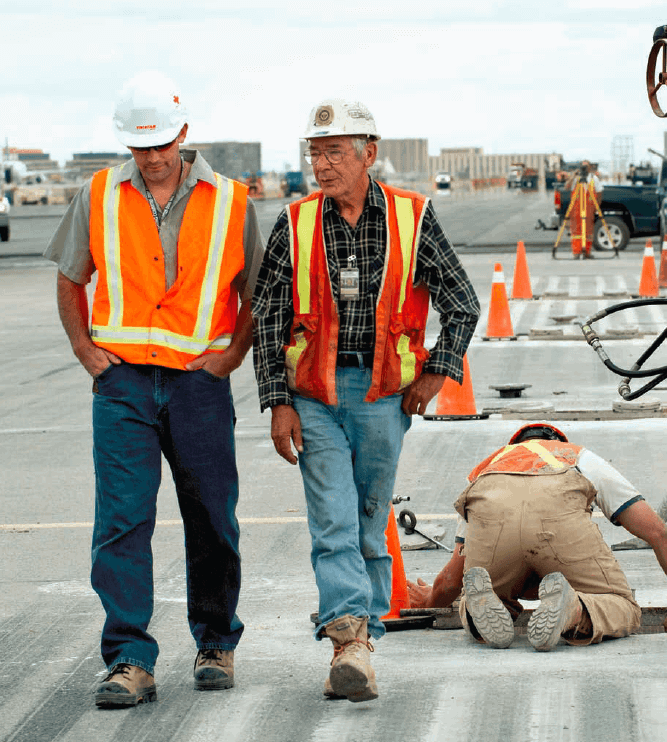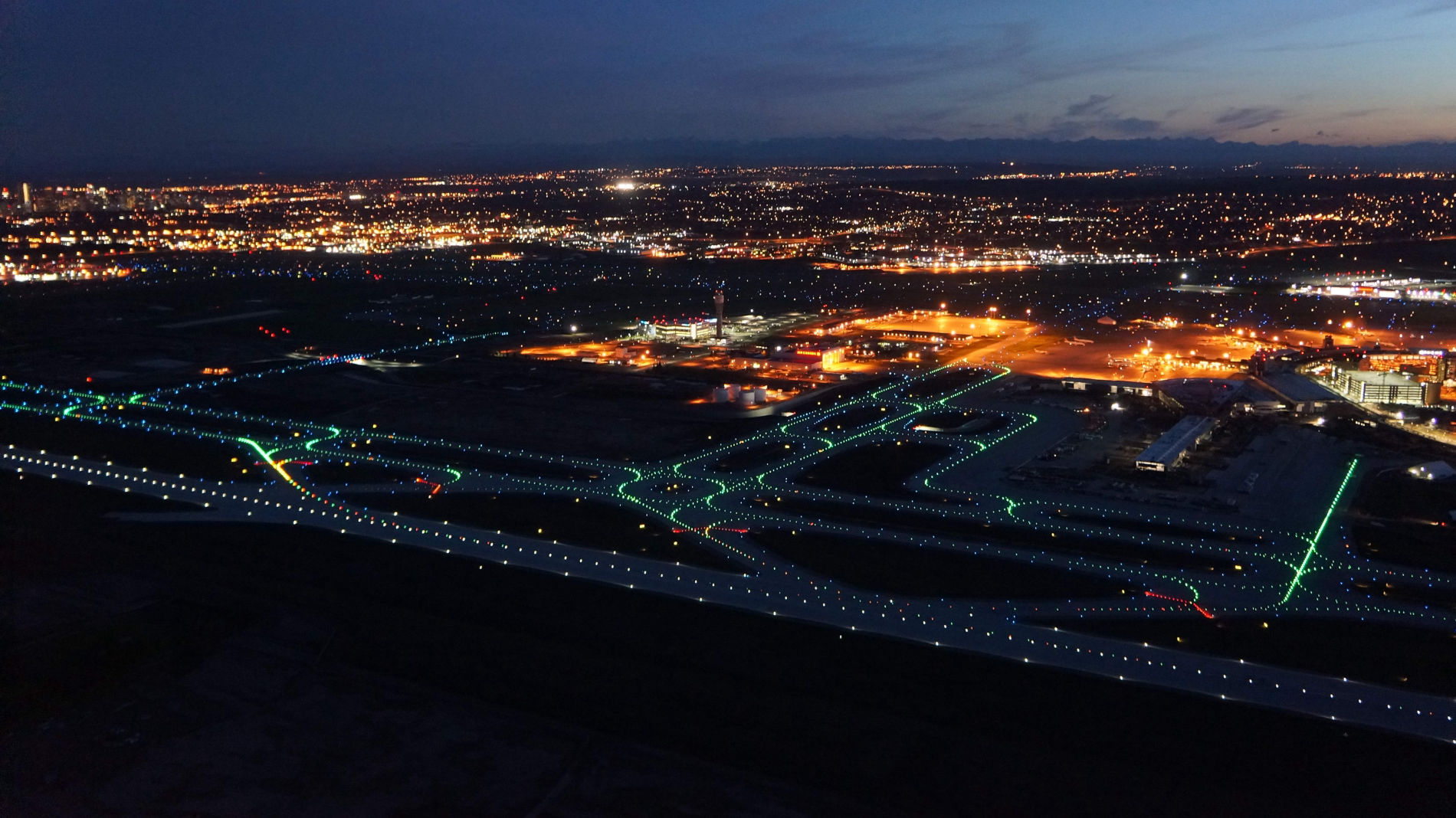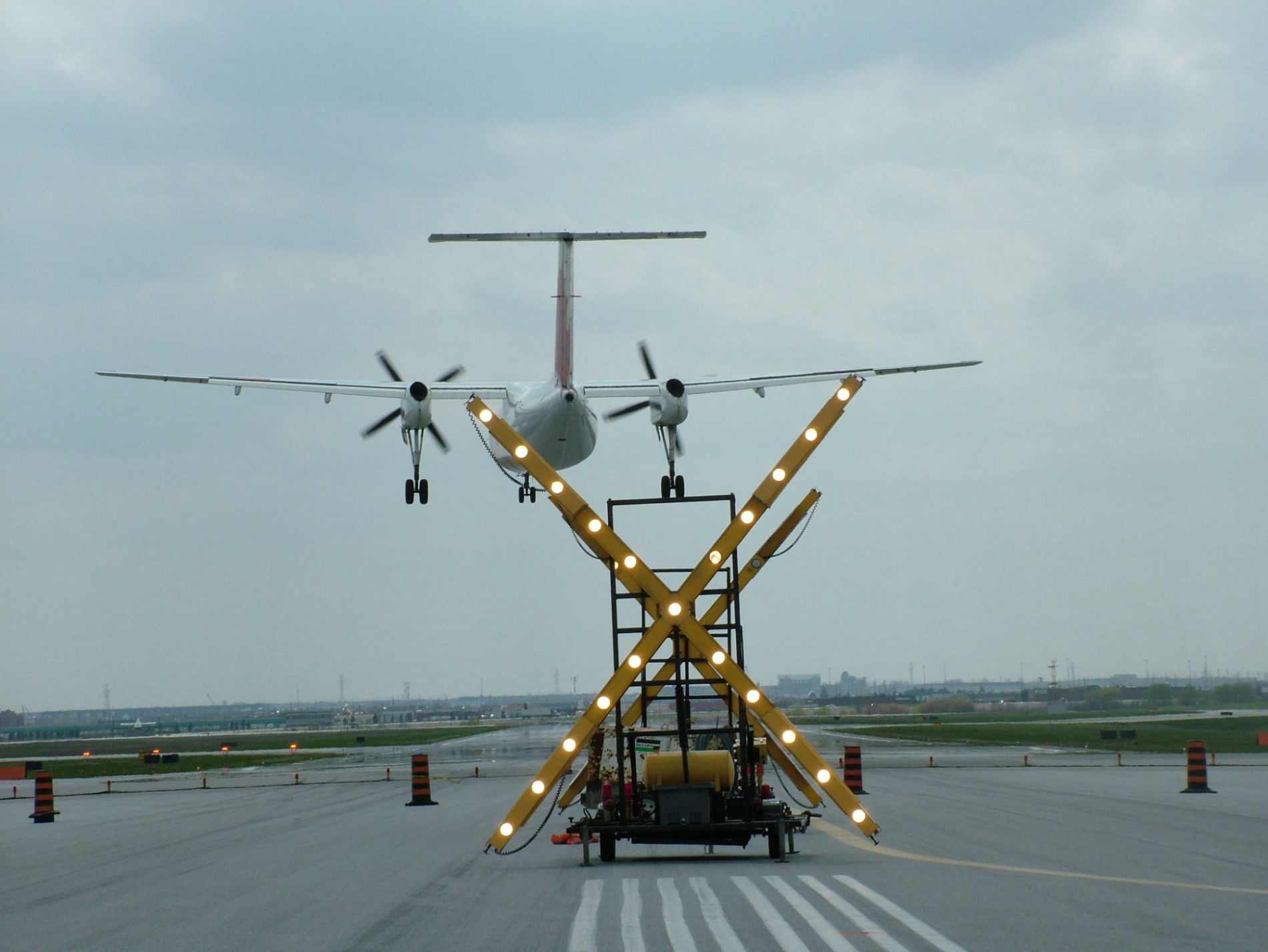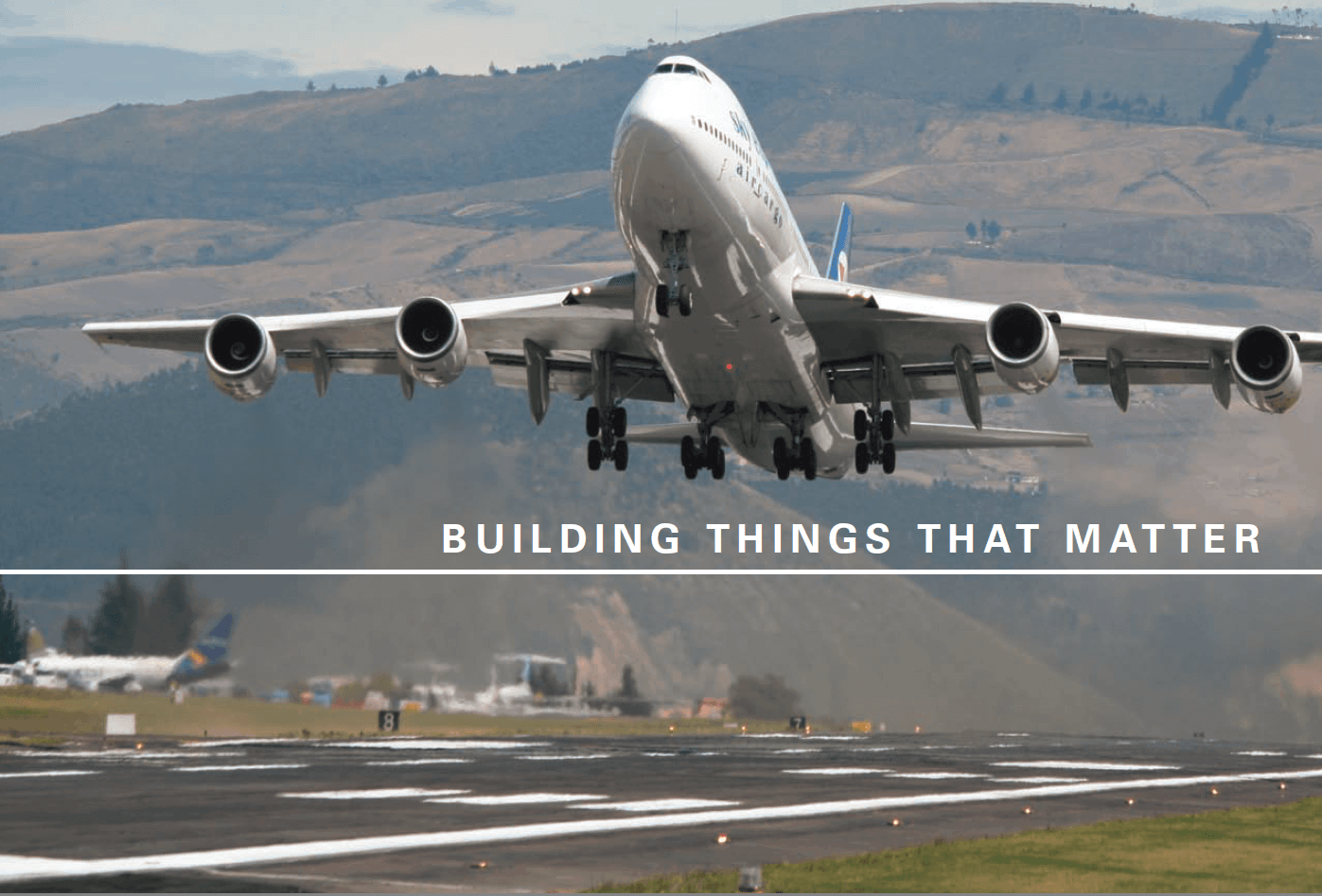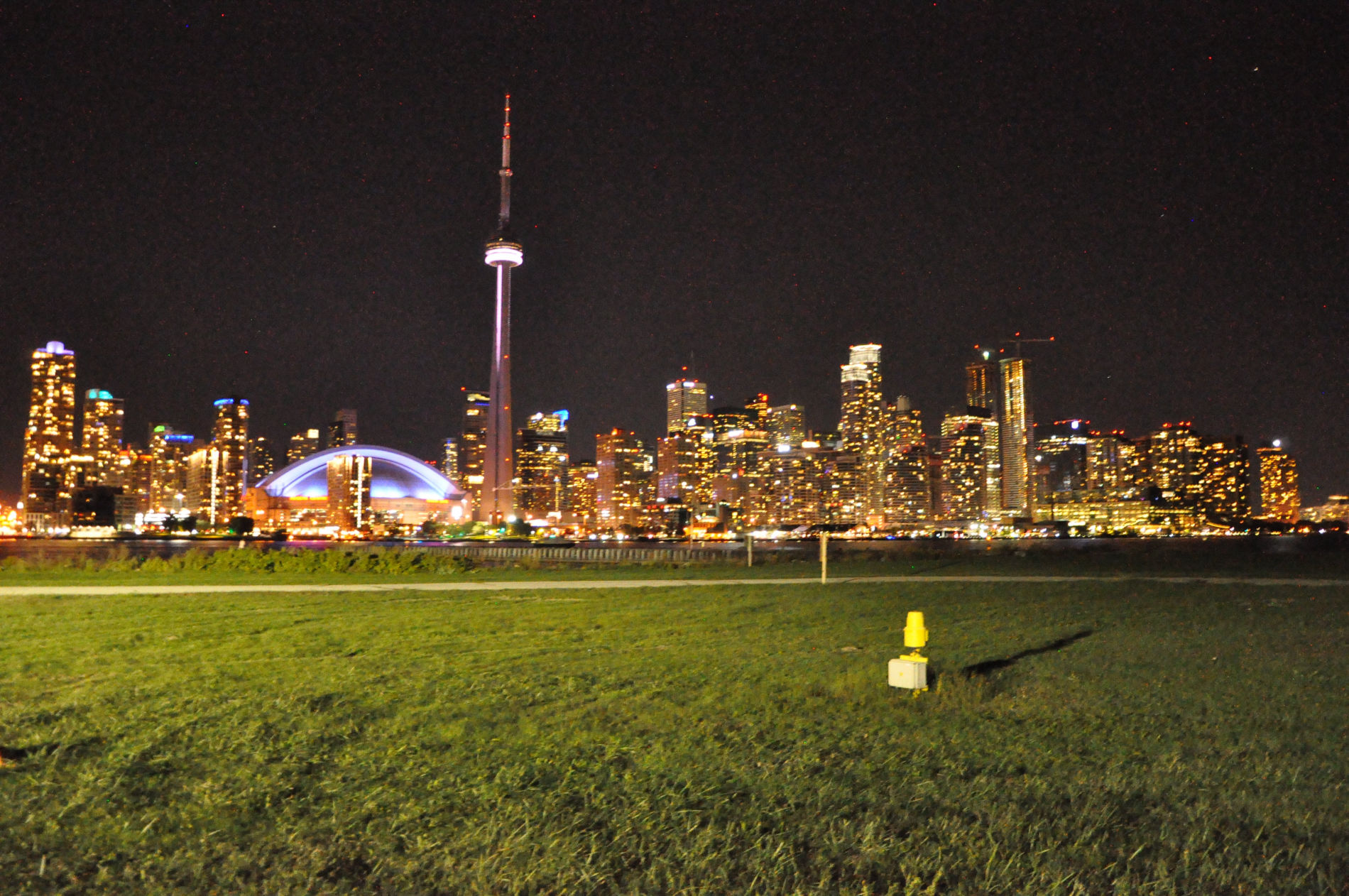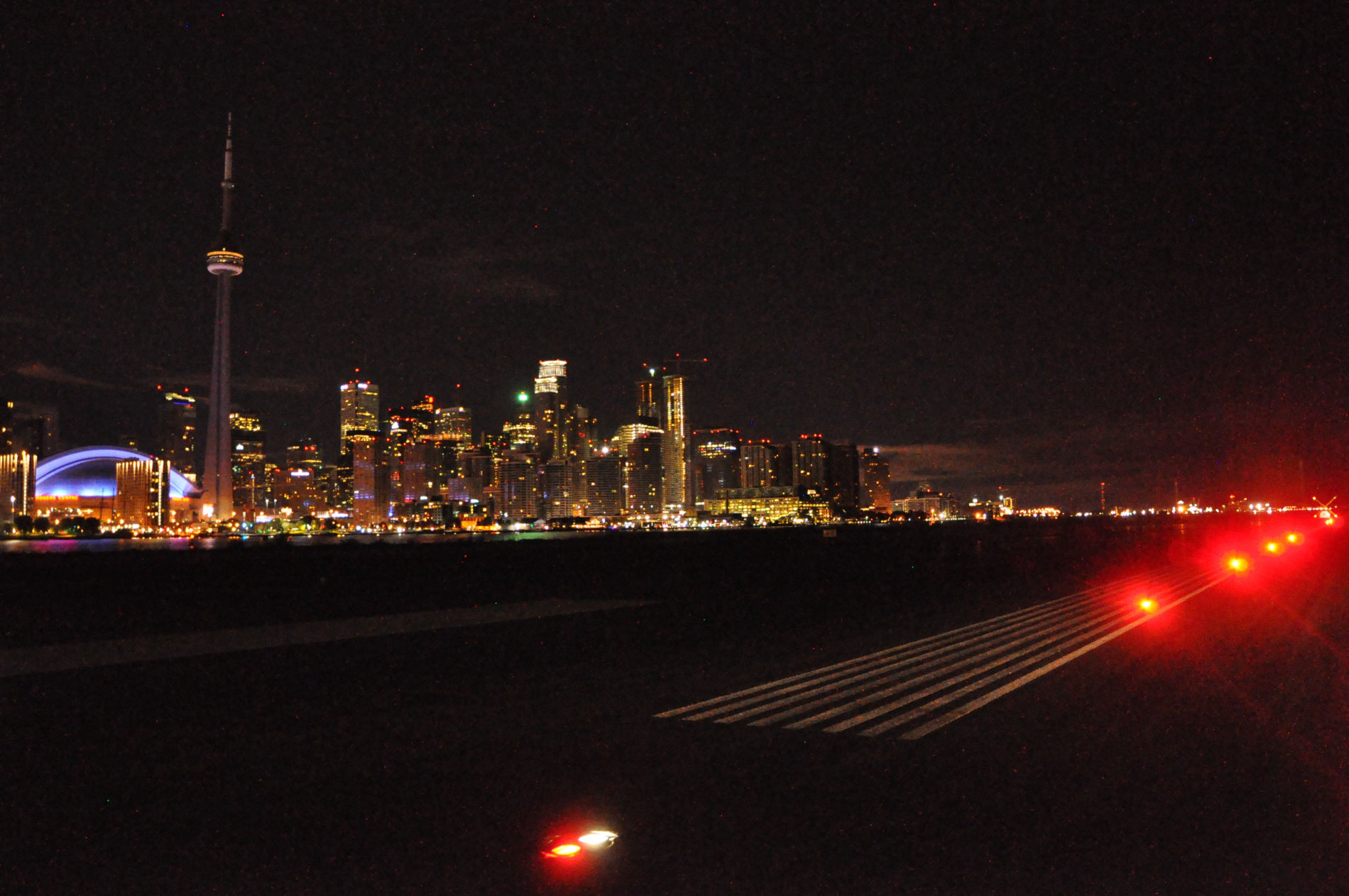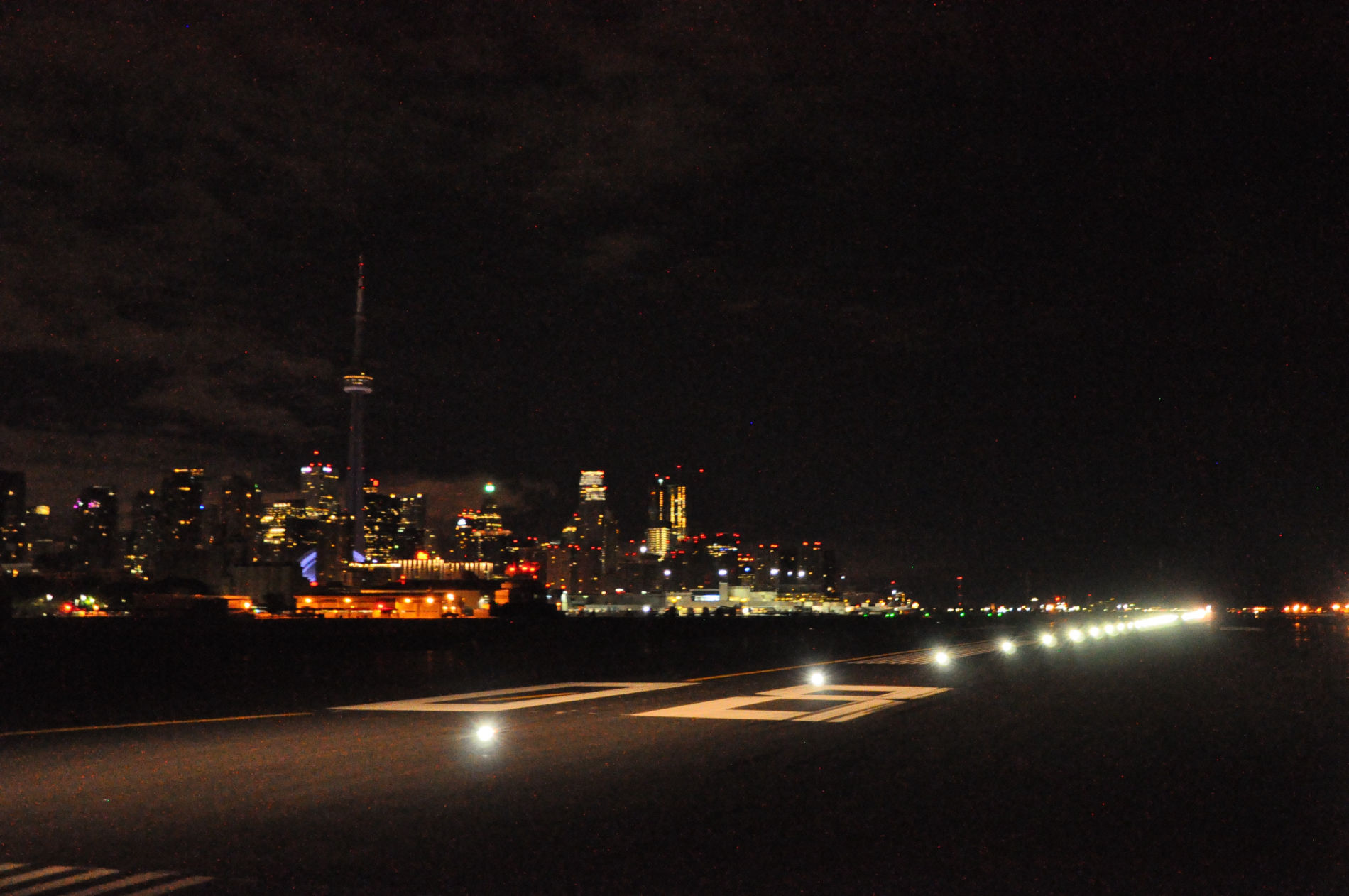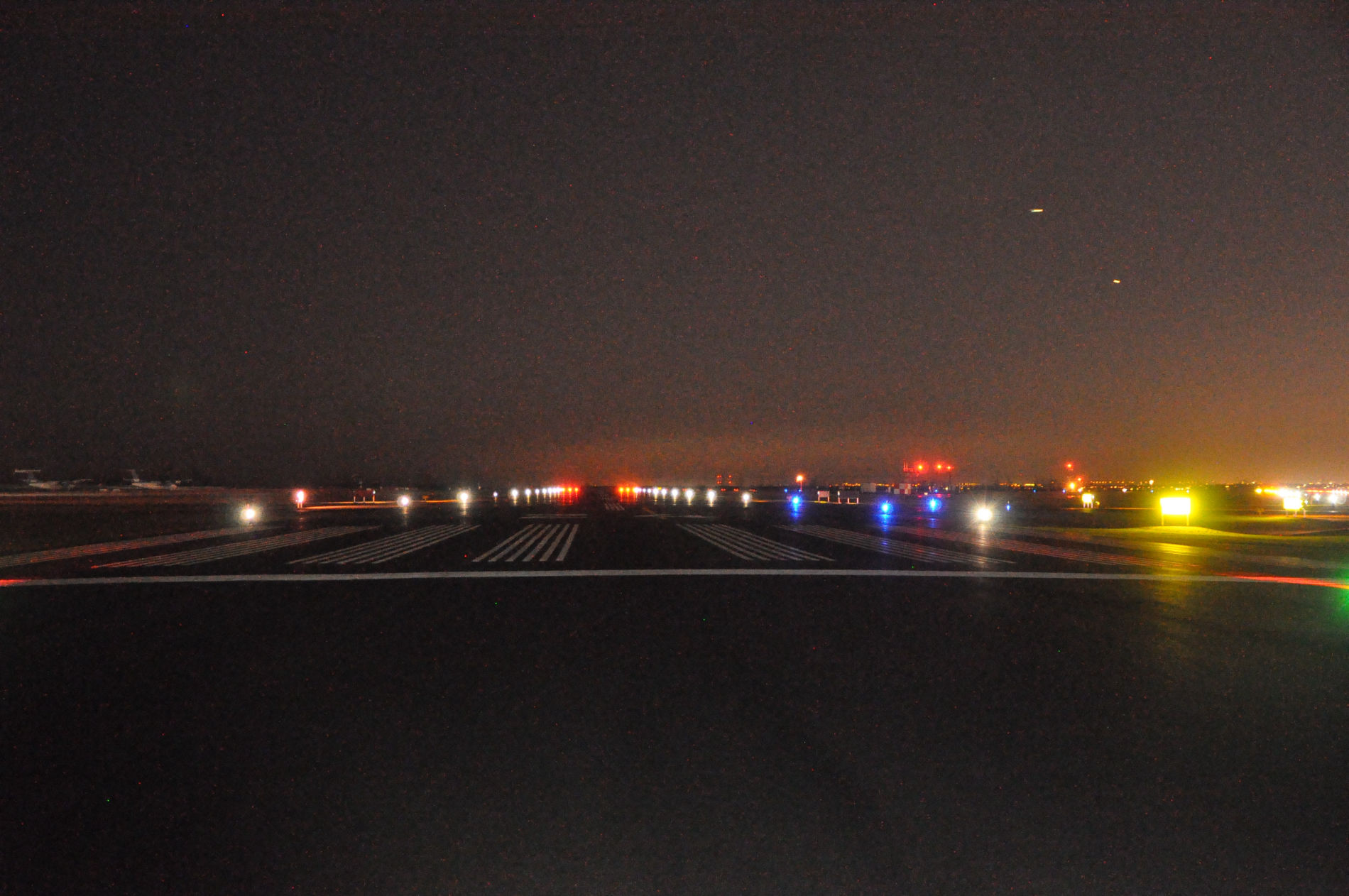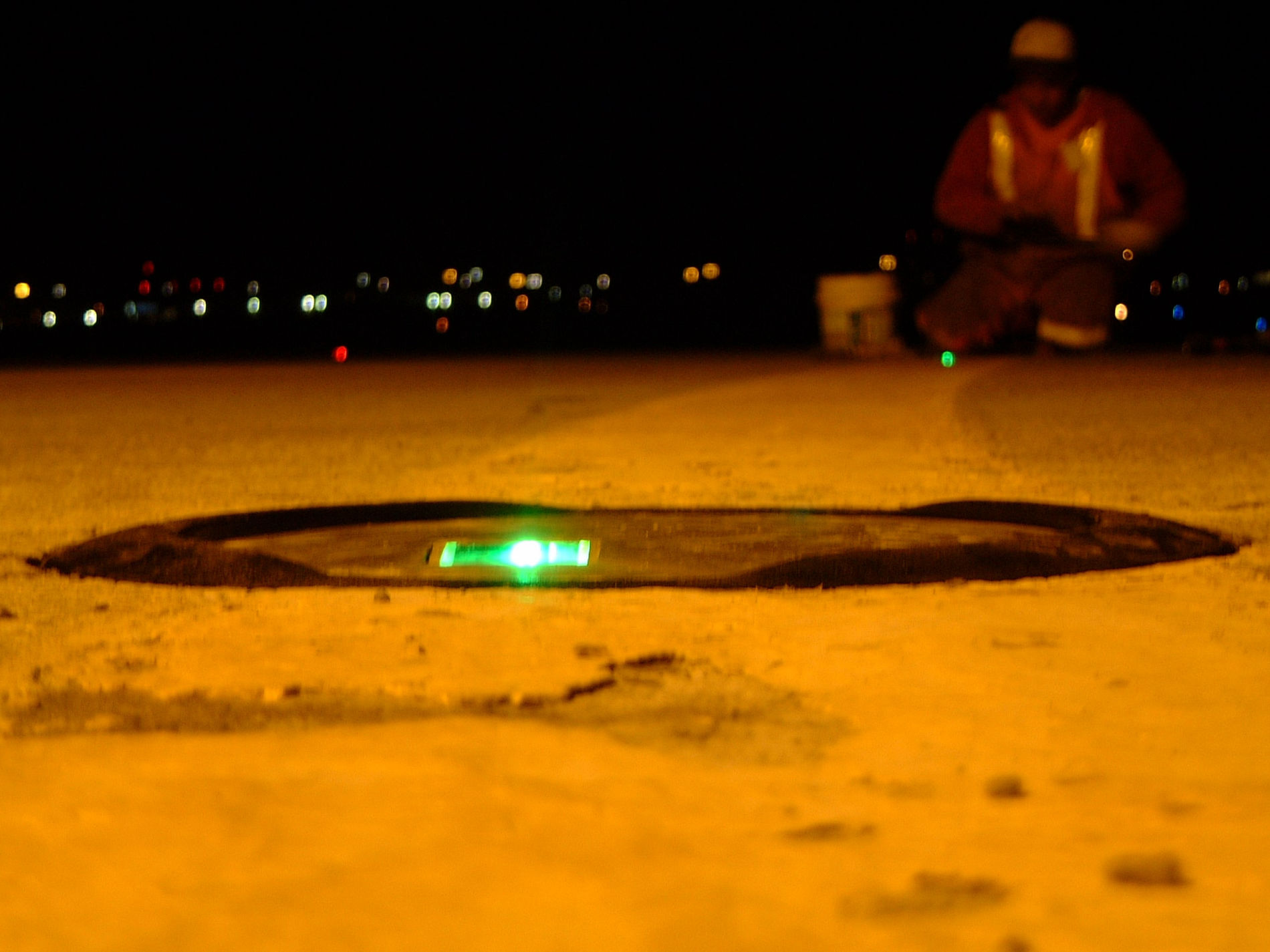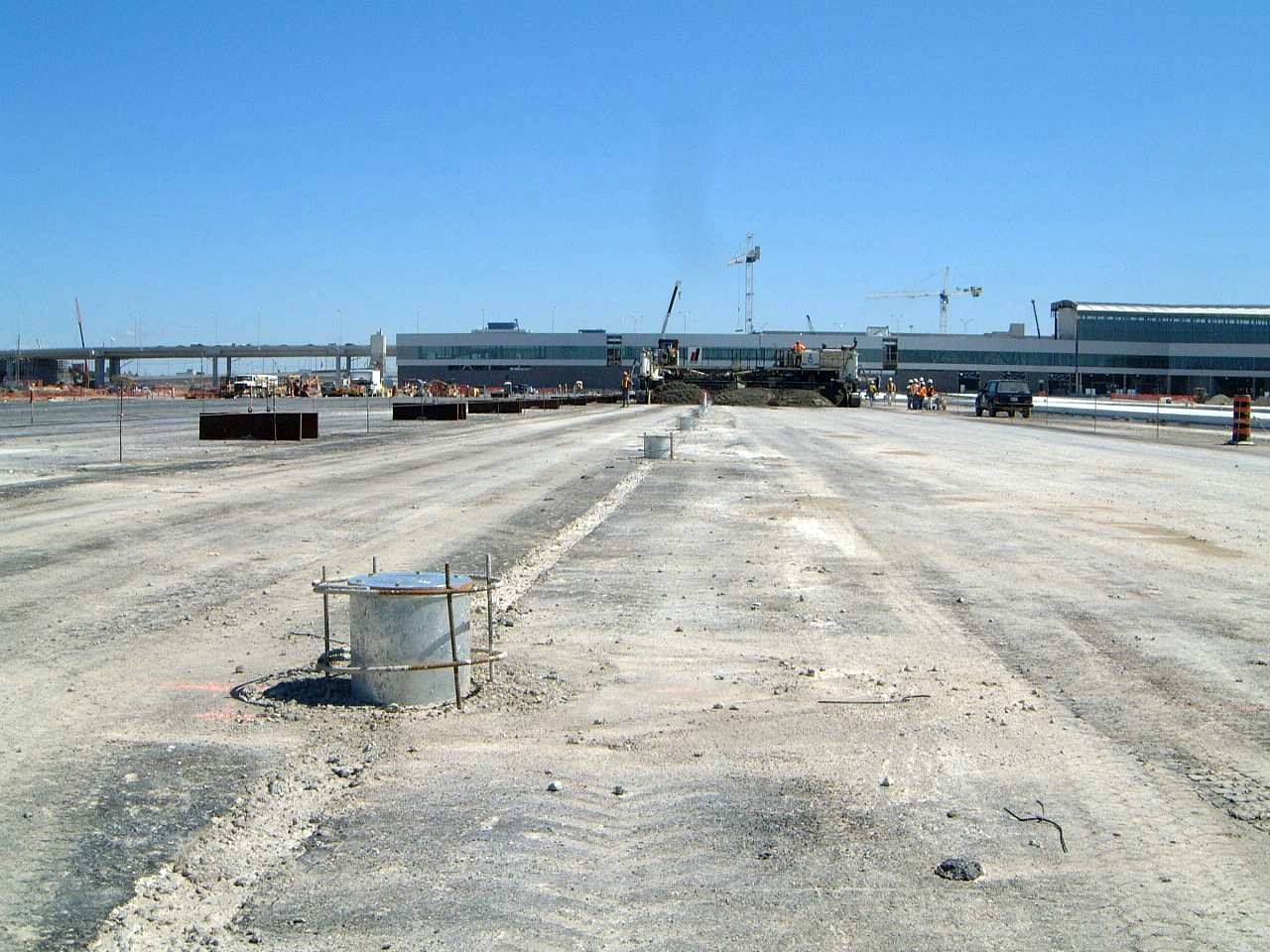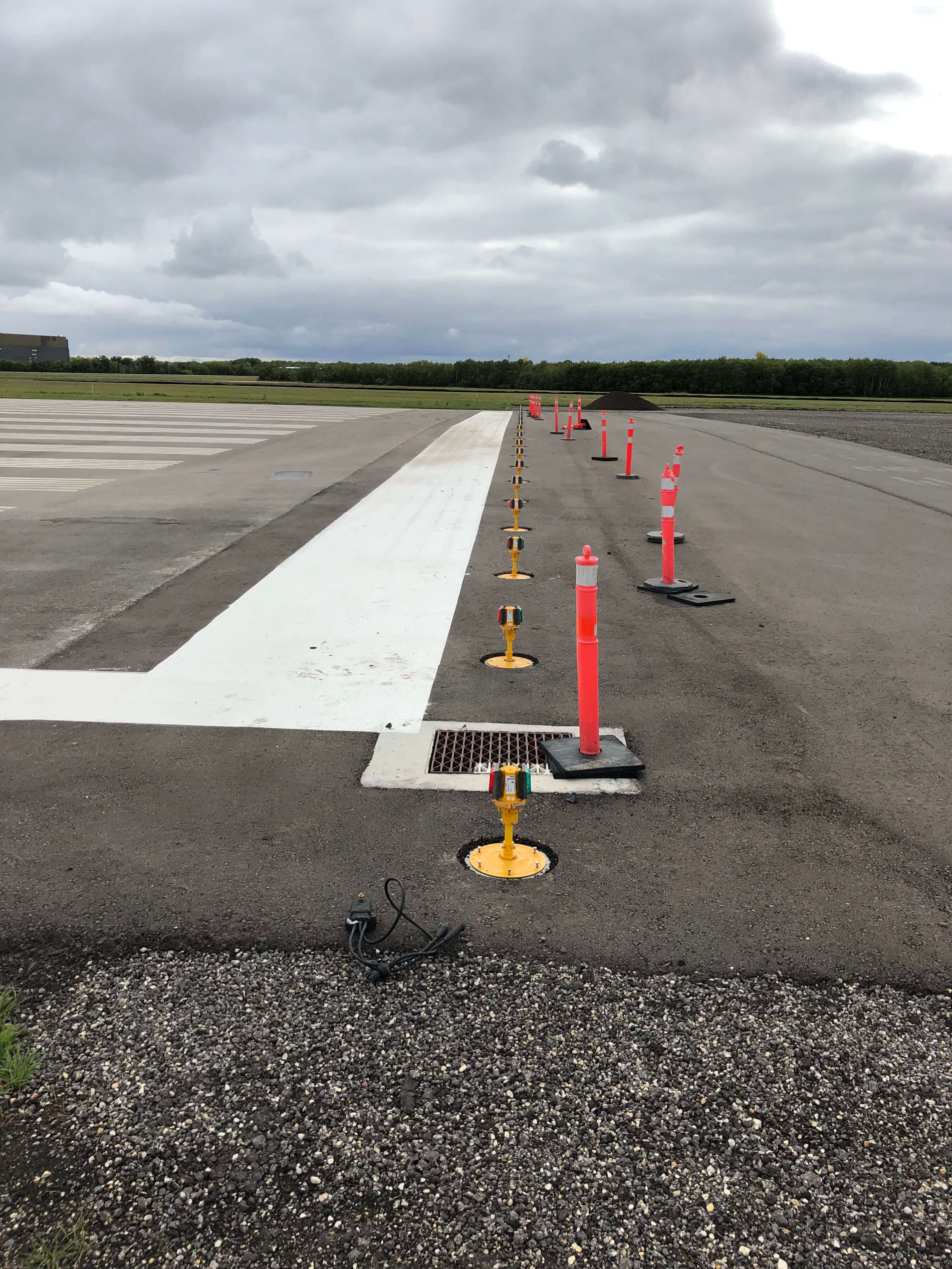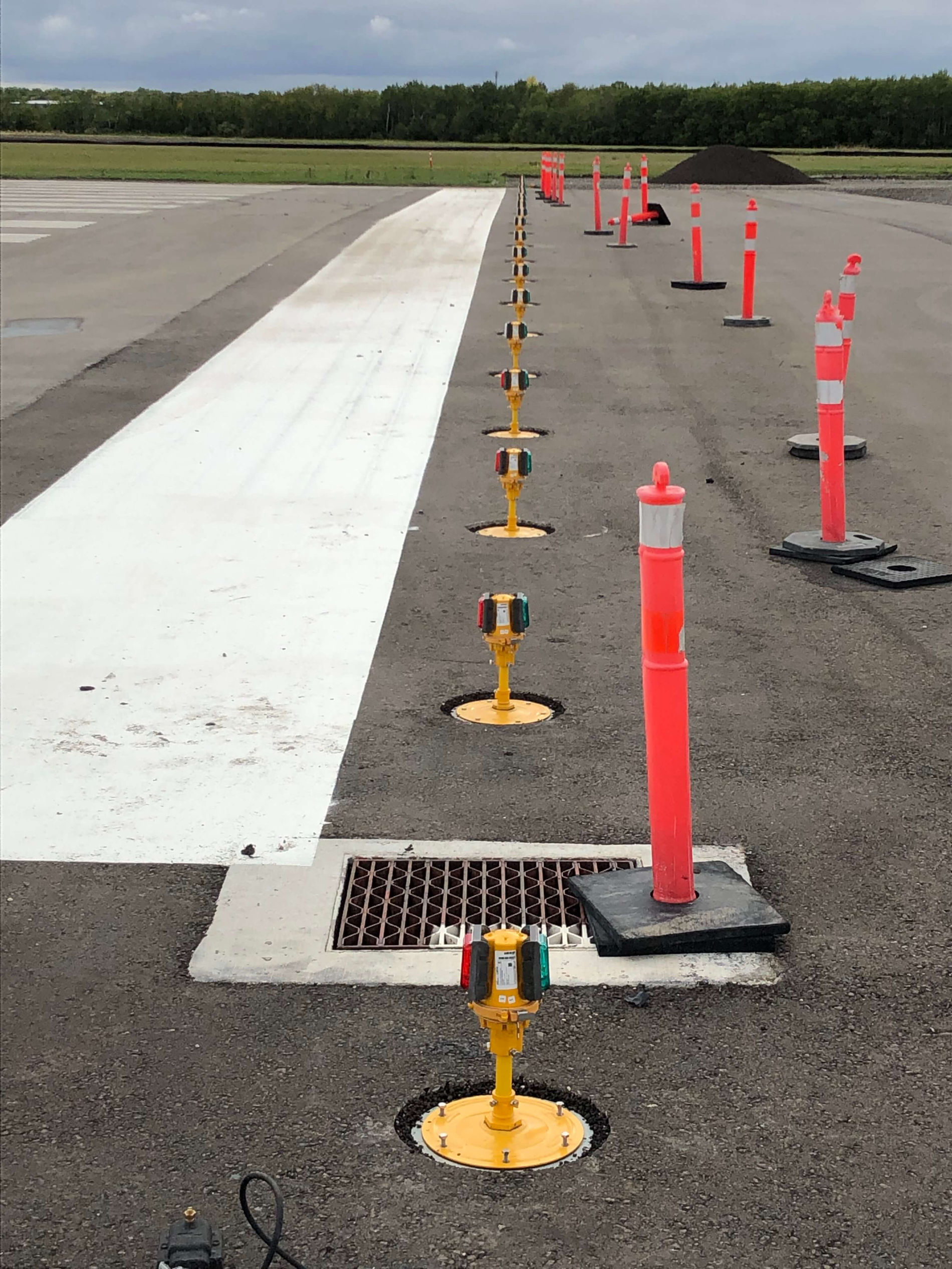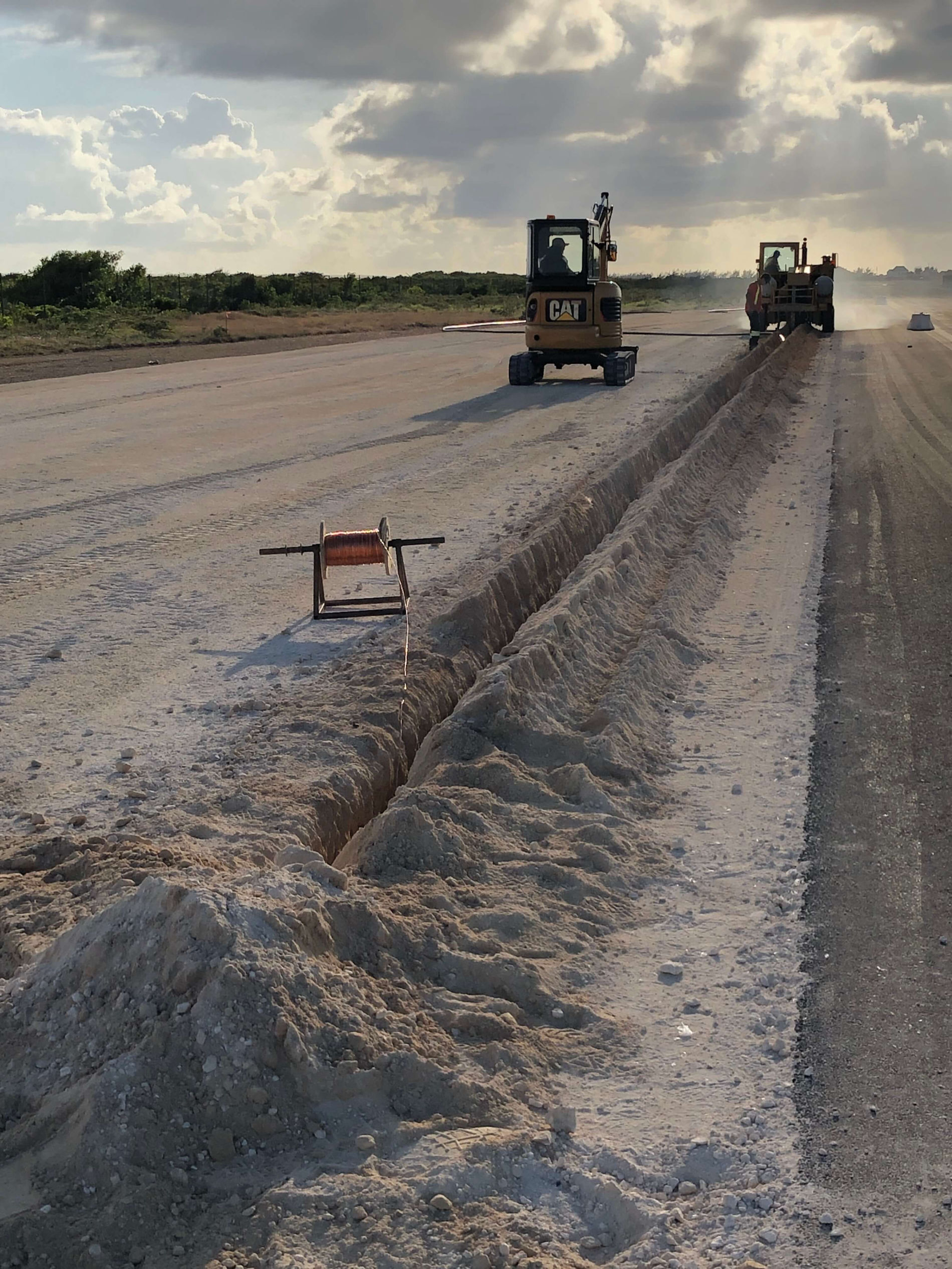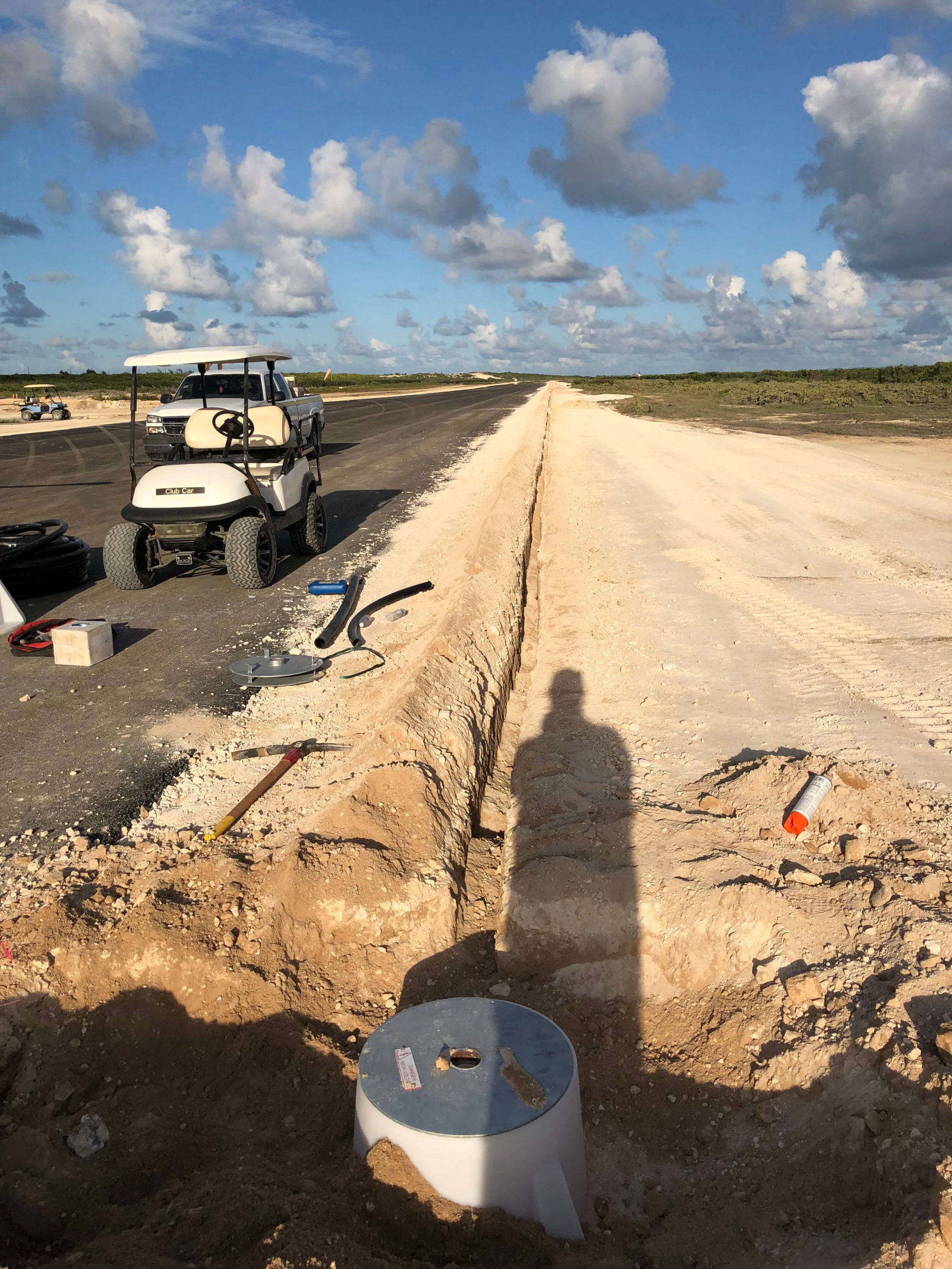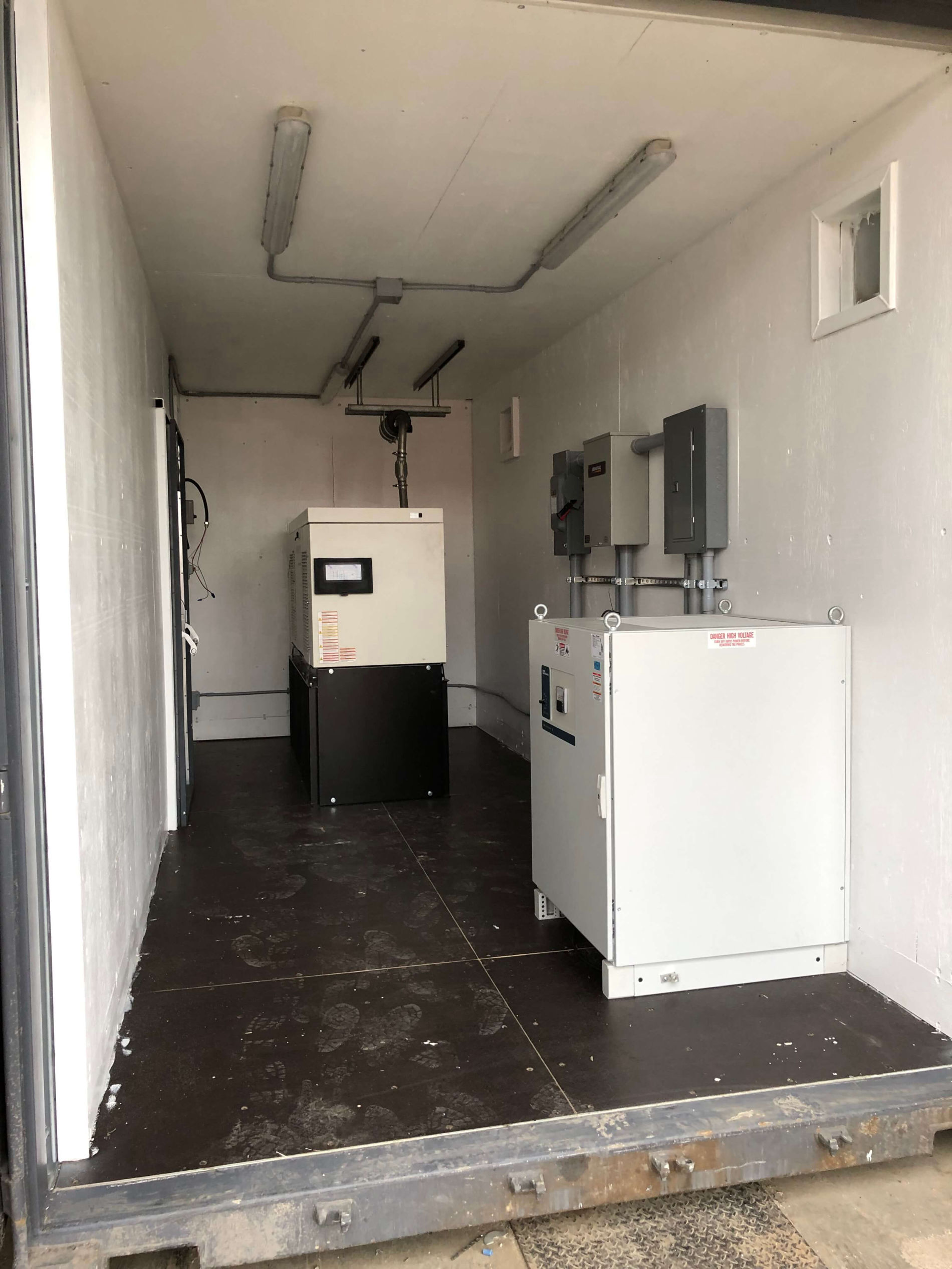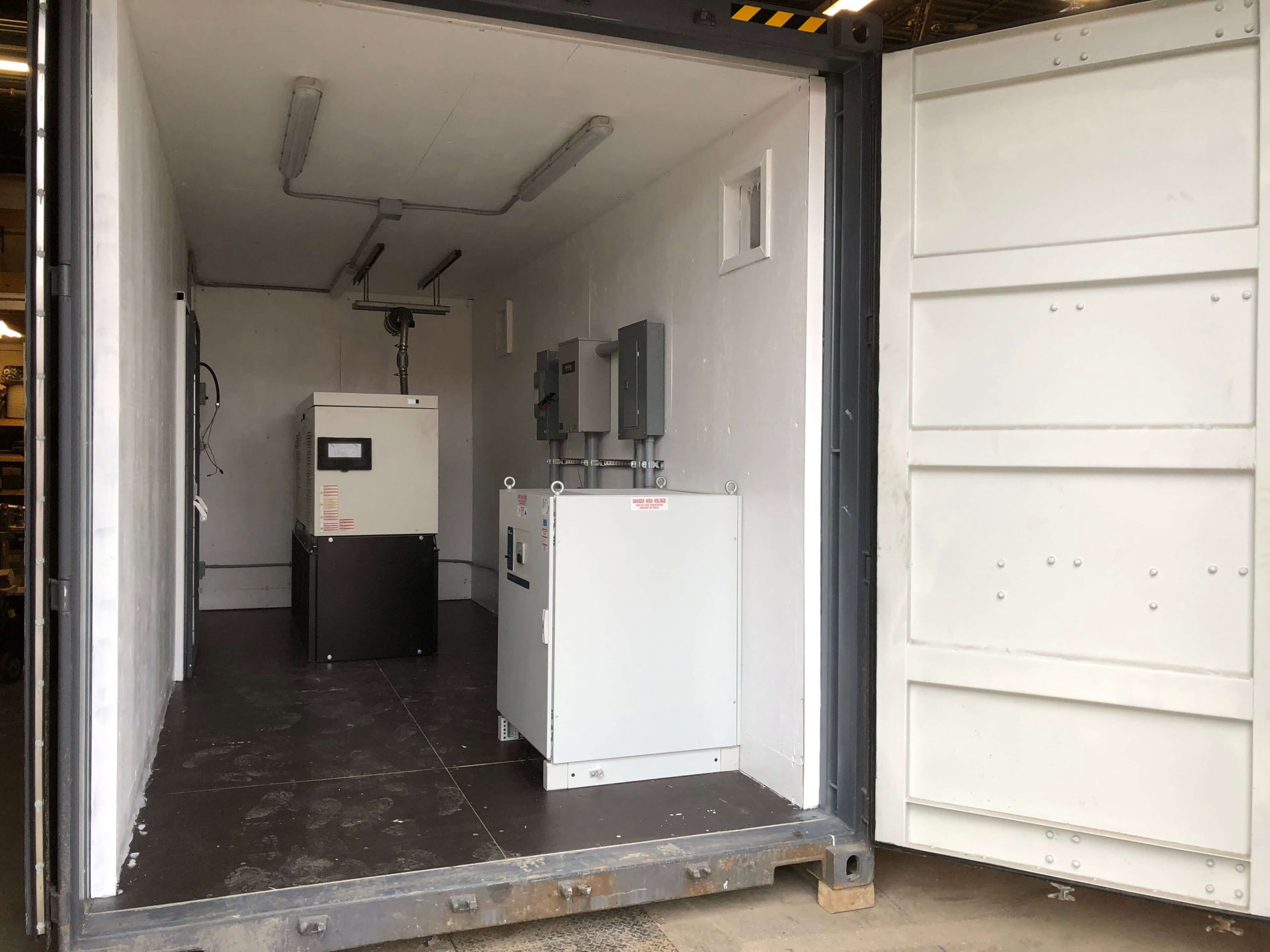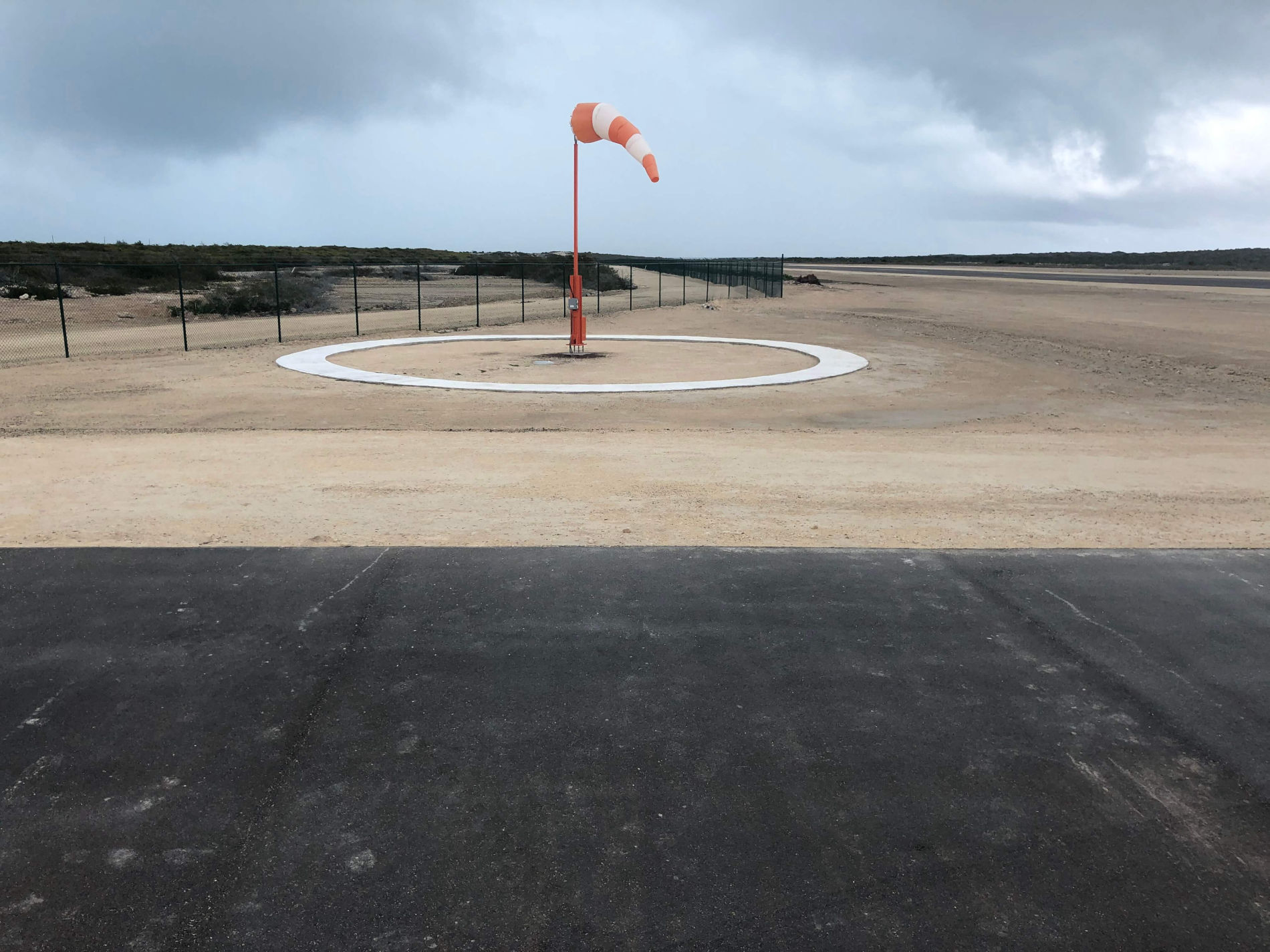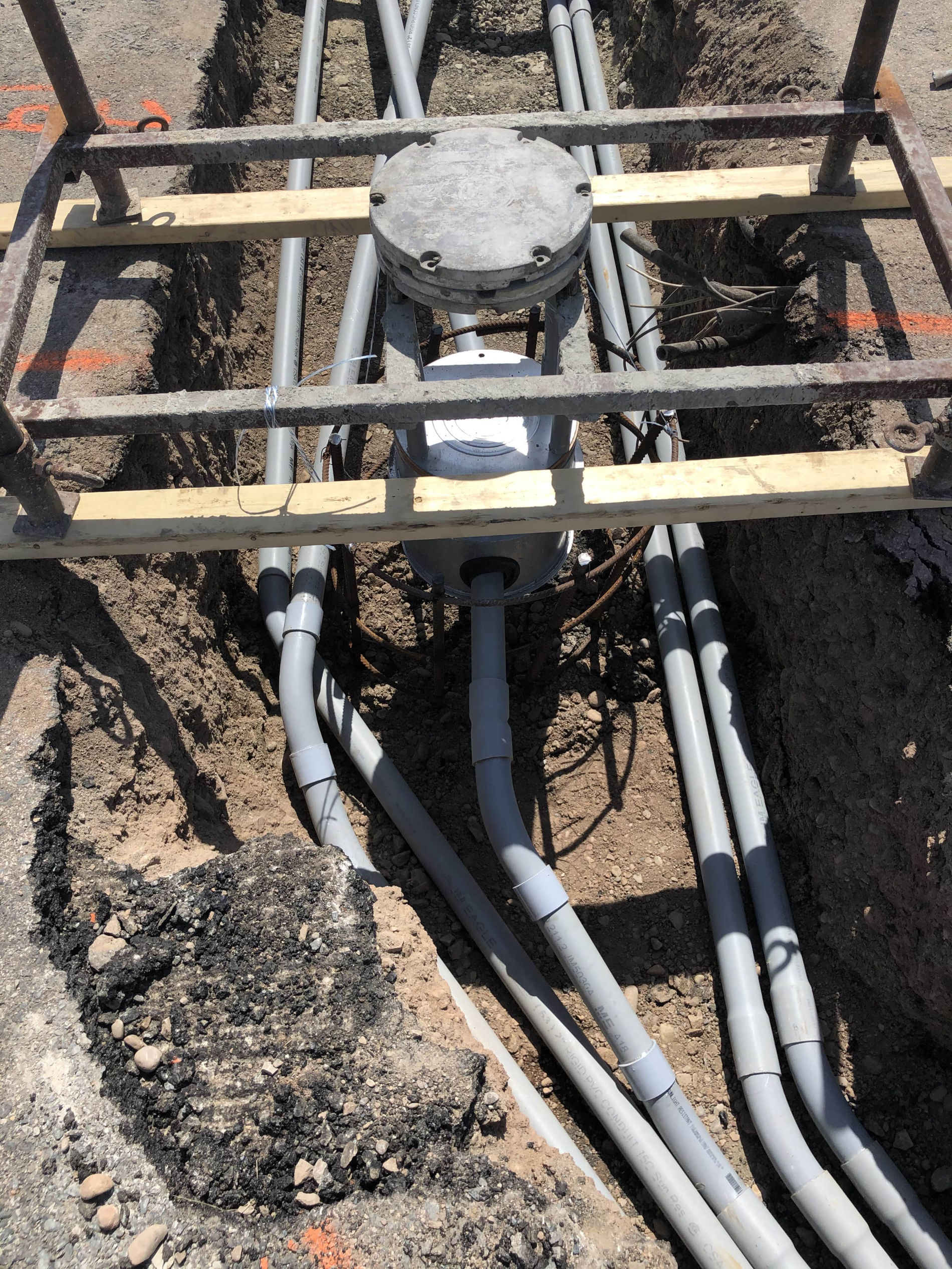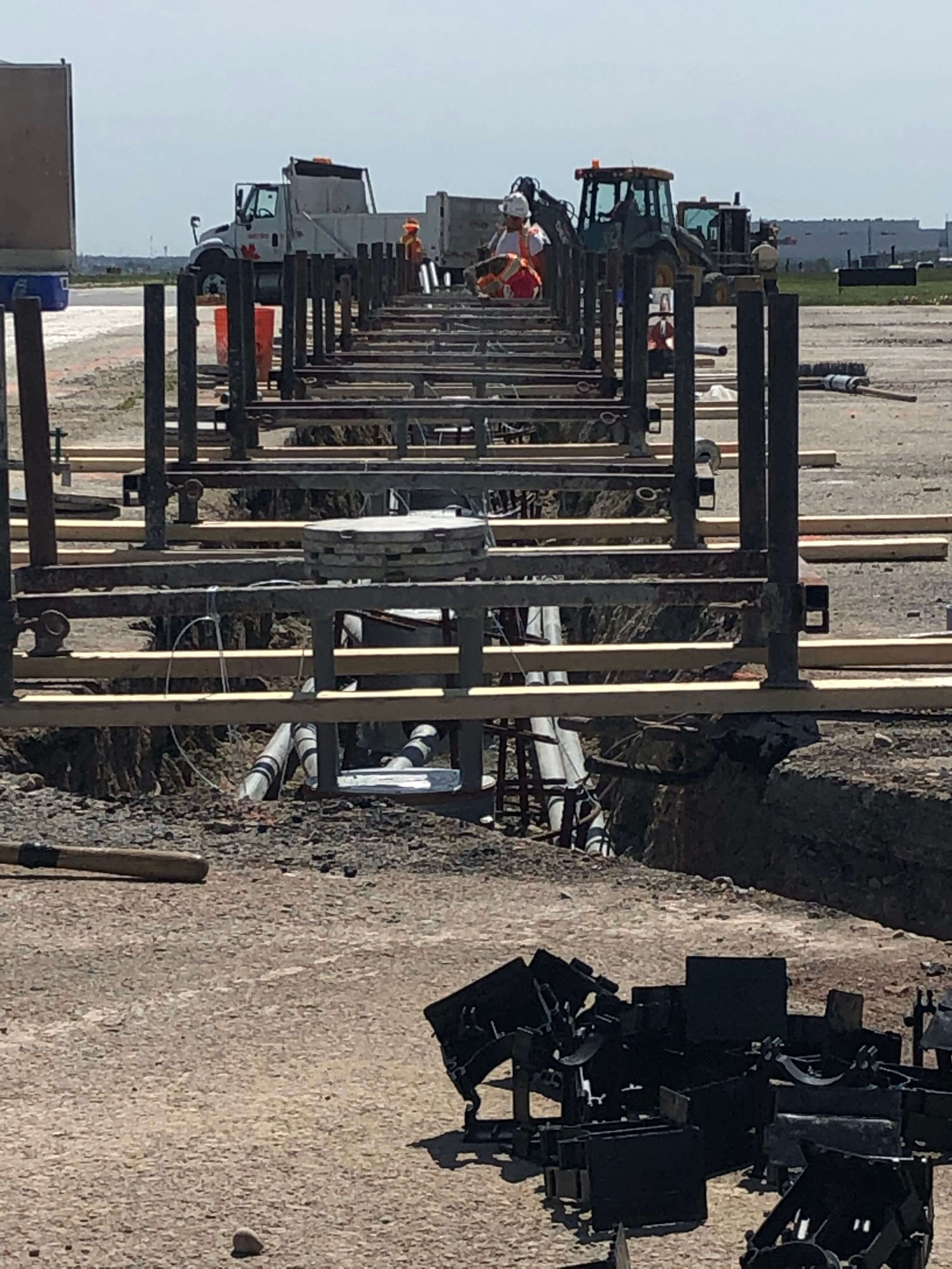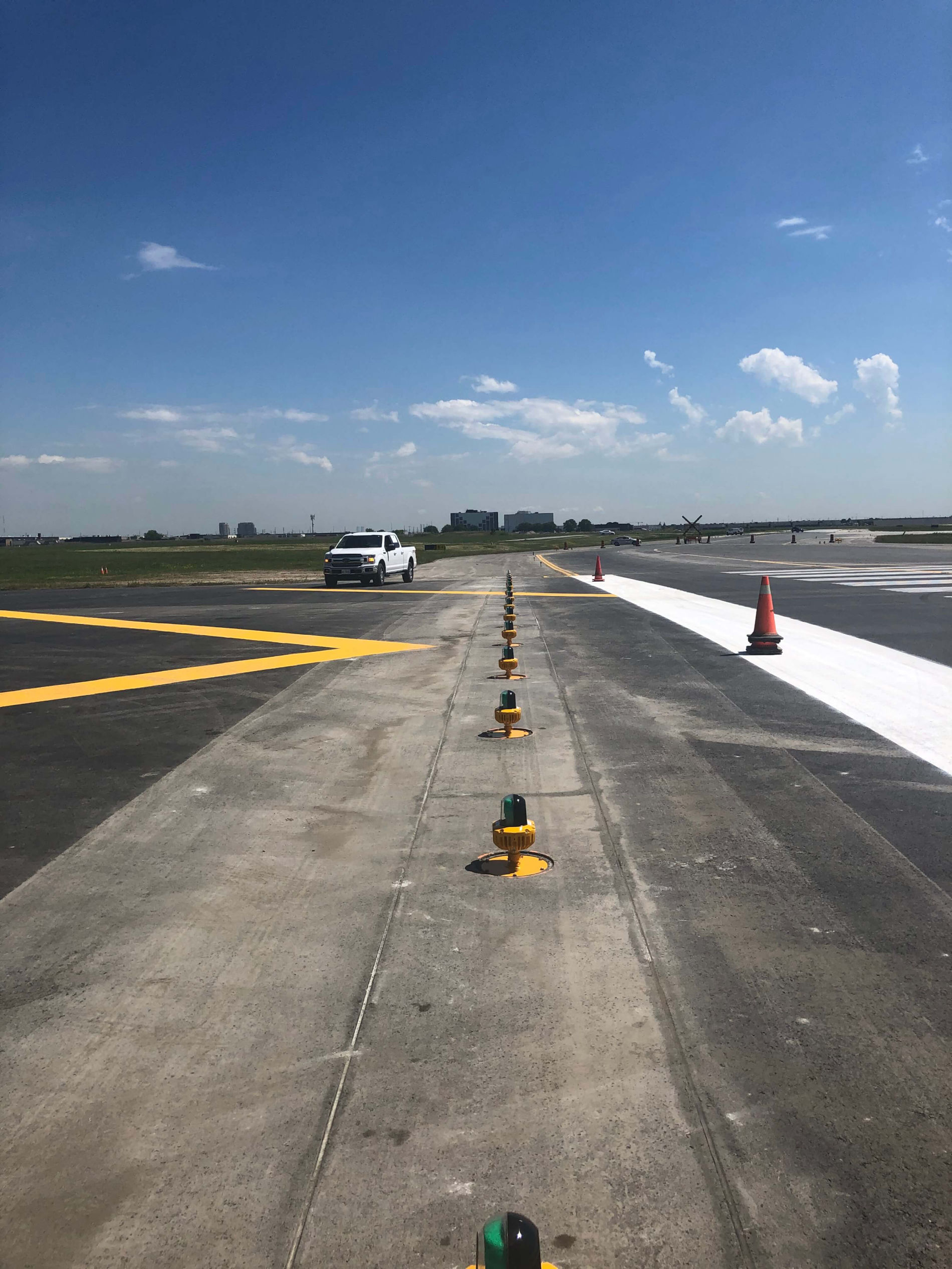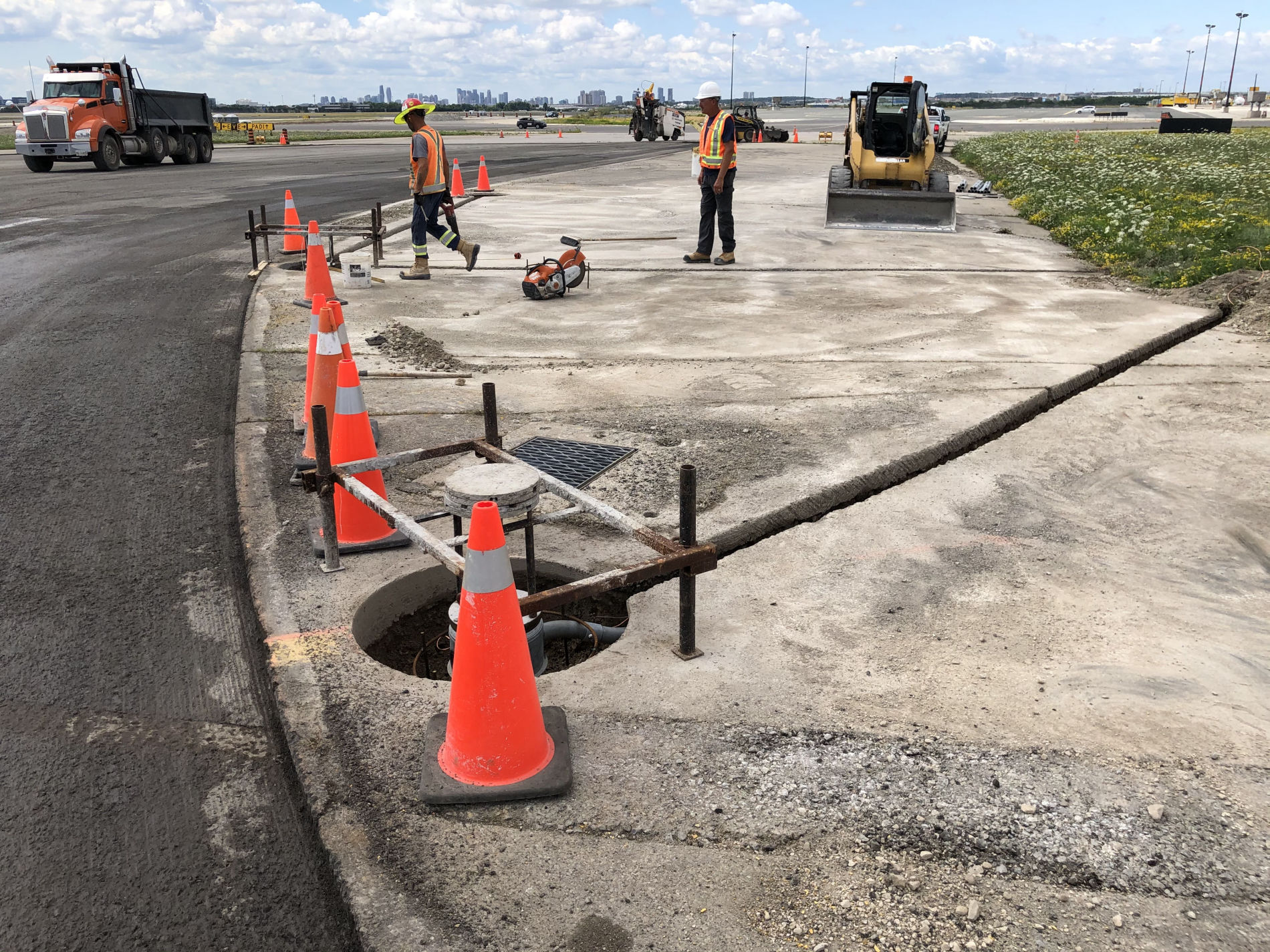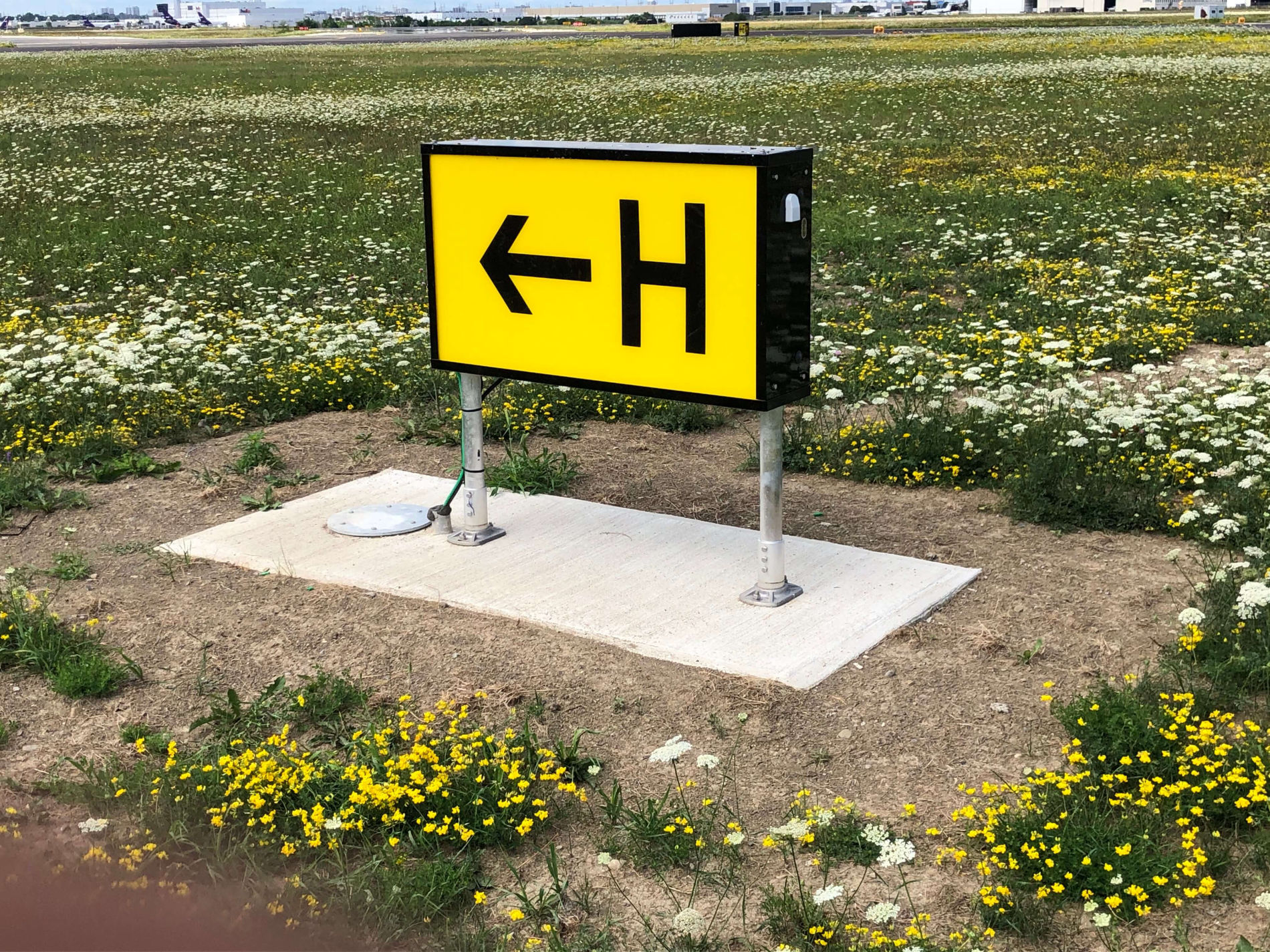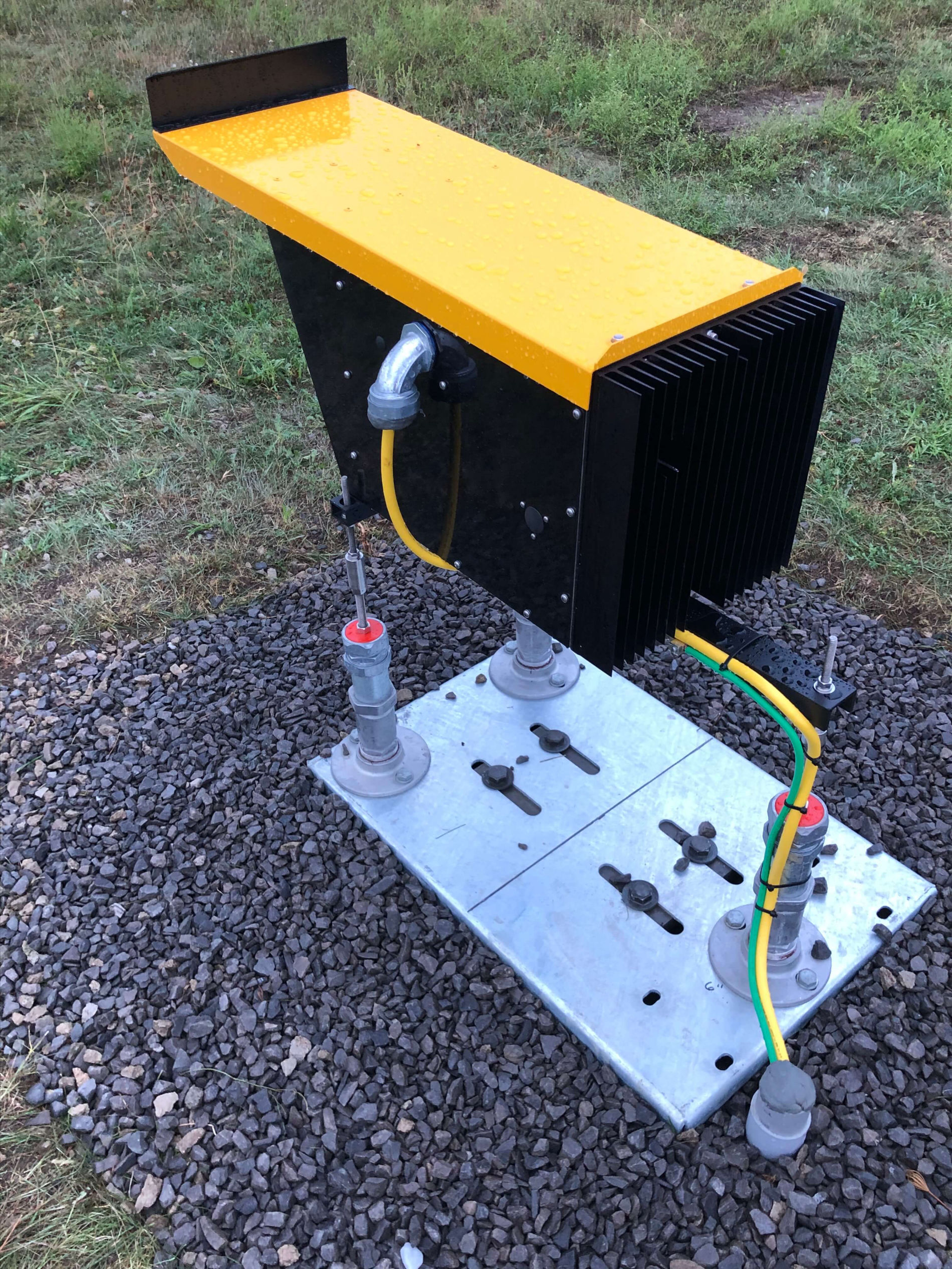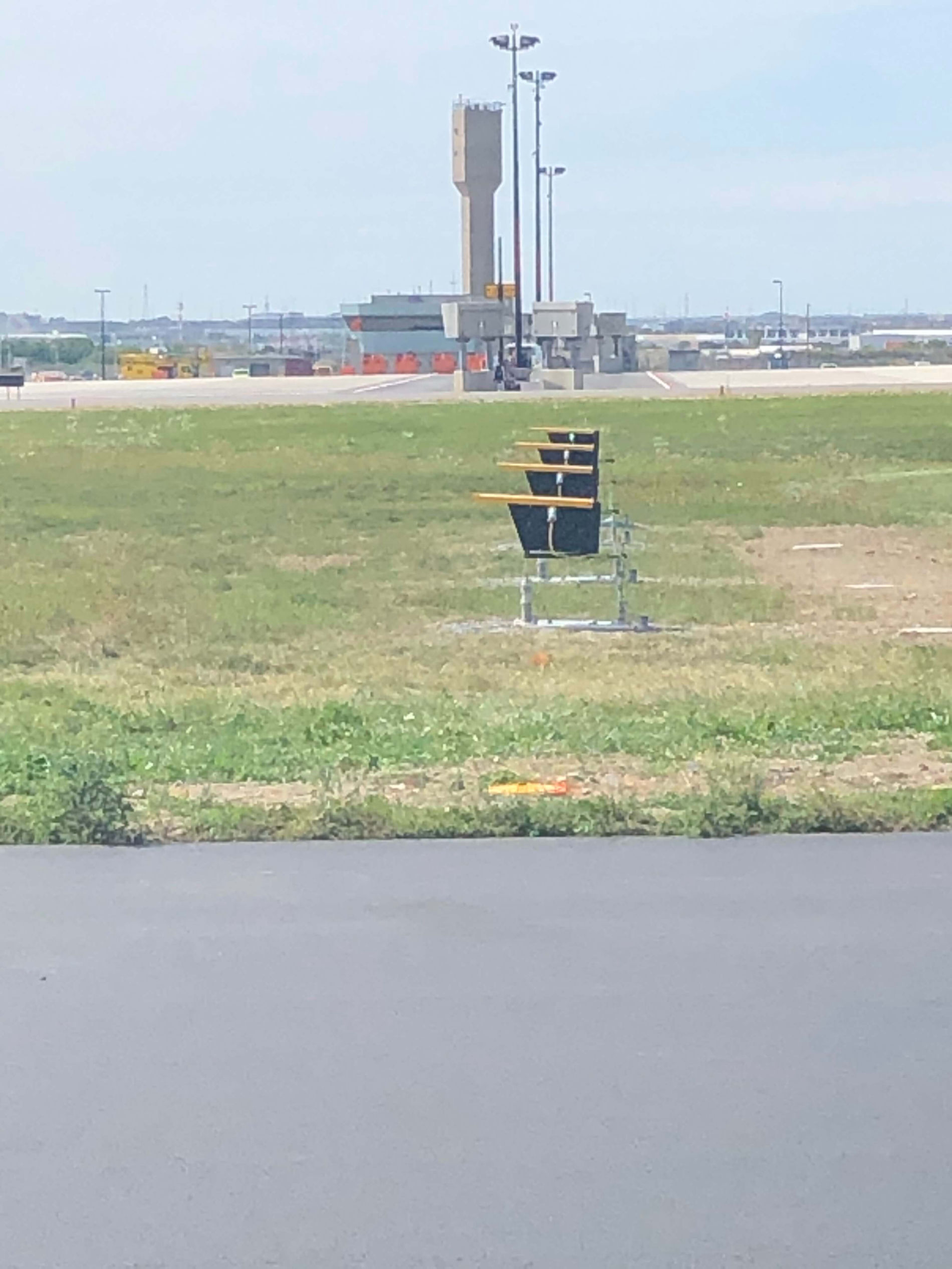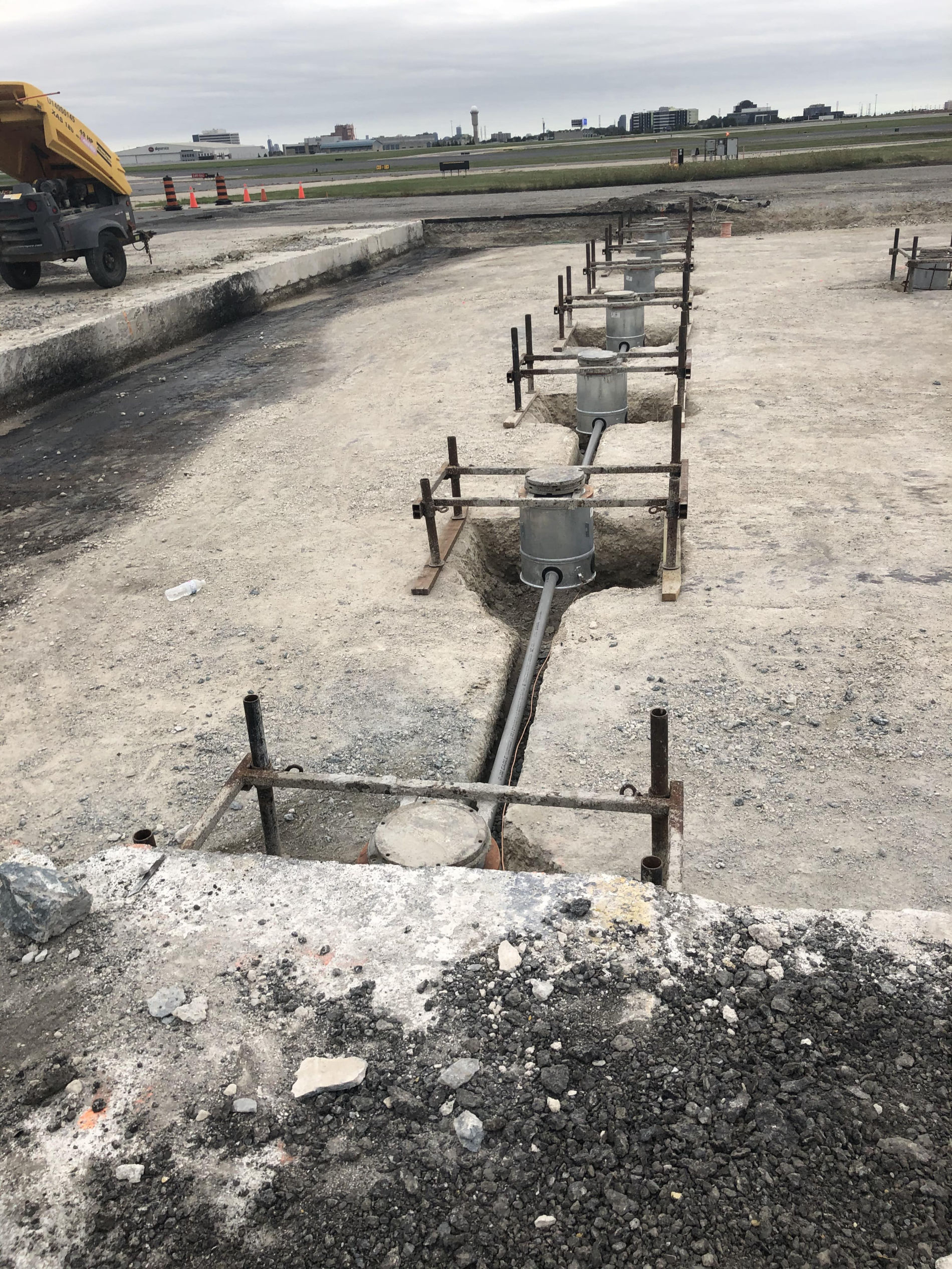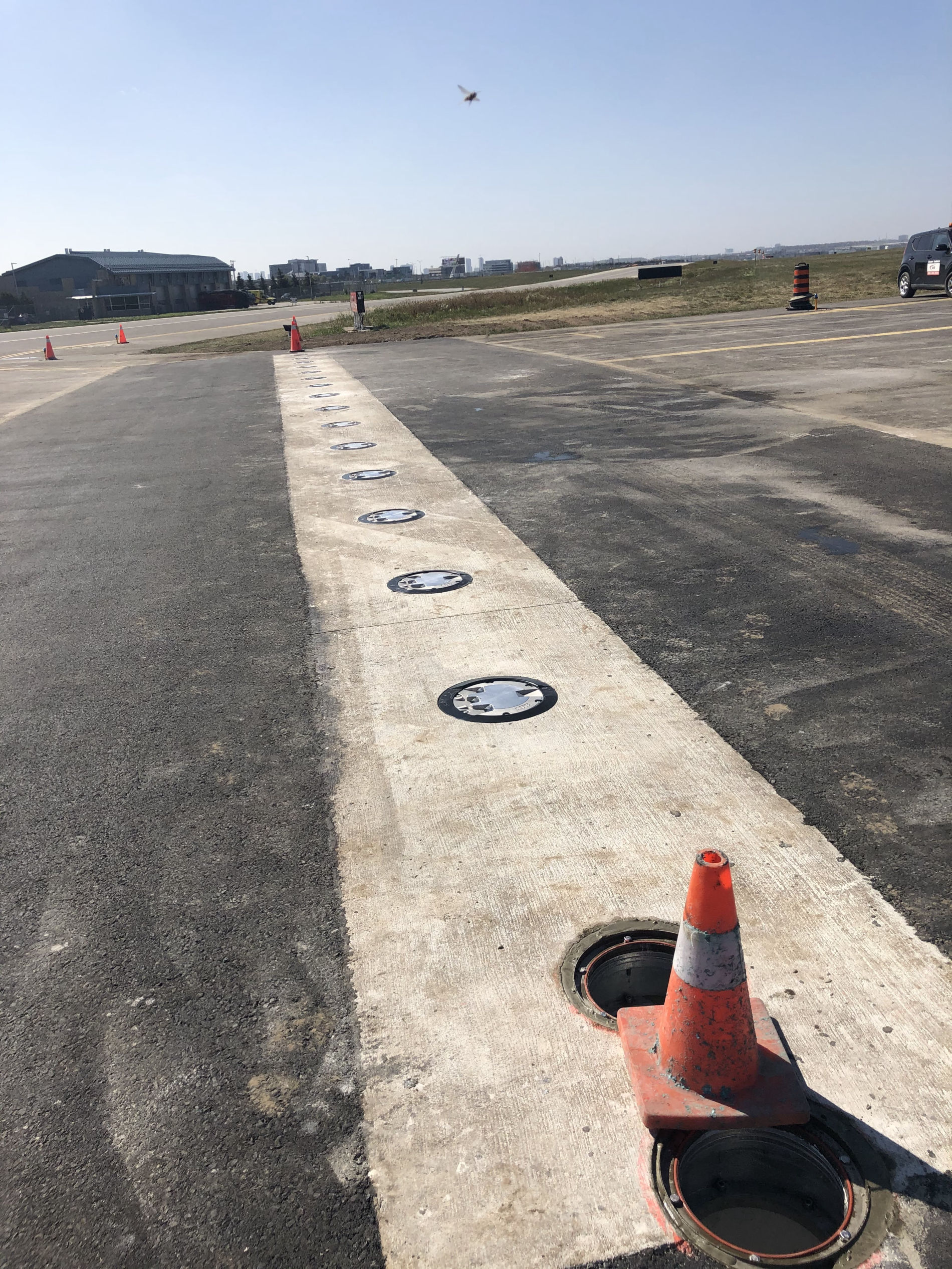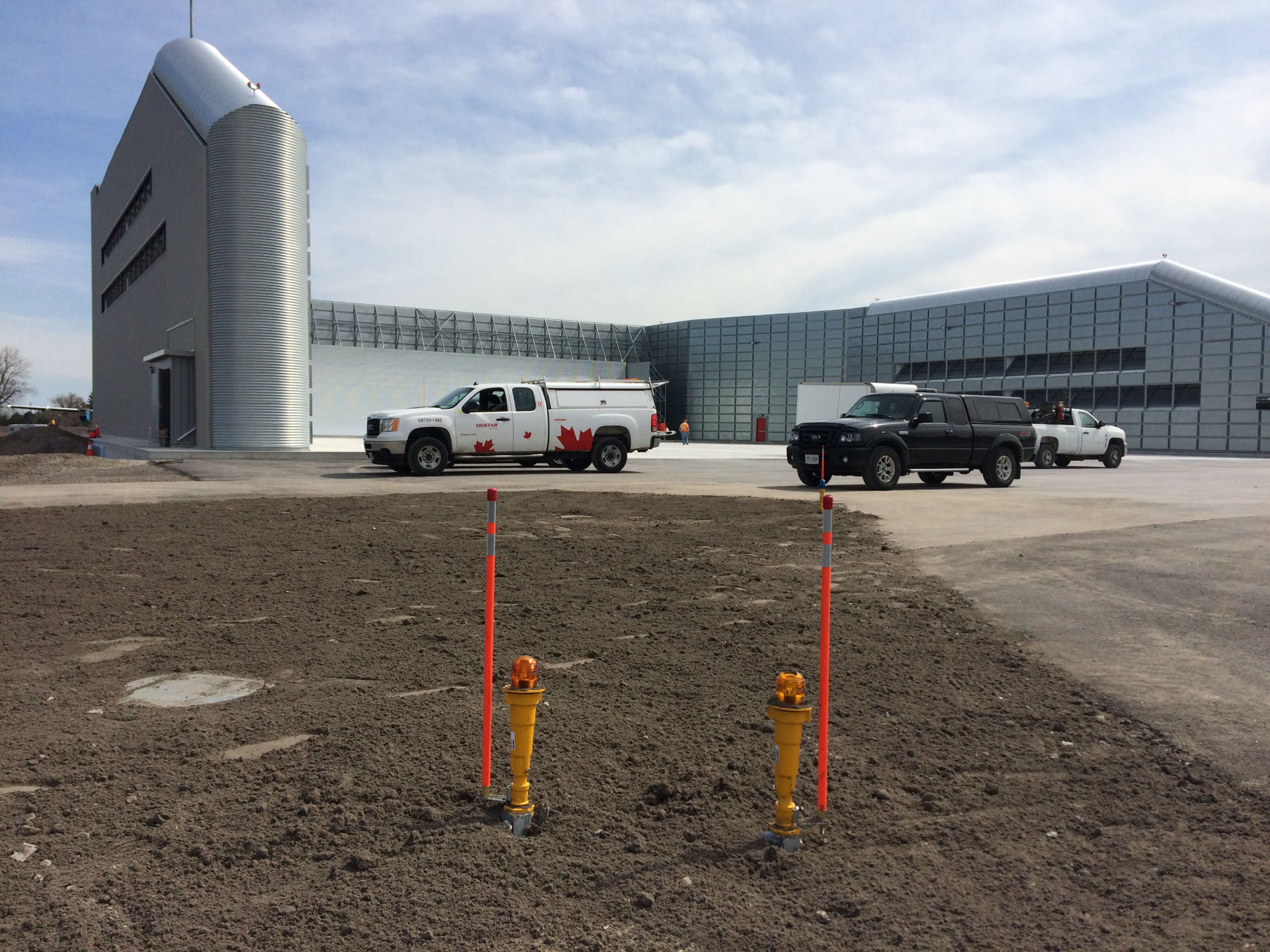More Than a Quarter Century of Work
Tristar's first project was the installation of flood lighting on the general aviation customs apron at Toronto’s International Airport. Robert developed many of the company’s techniques and procedures including one entirely appropriate for a Canadian inventor: a ring that protects inset lights from snowplows. The company gradually expanded as its experience and reputation grew, installing lighting, navigation and electrical systems at the Toronto Island Airport, at Toronto International’s Terminal 1(since demolished) and Hamilton International Airport. Over the years, Tristar has installed an astonishing 25,000 inset lights at airports across Canada, developing techniques and procedures in the process that are now standard for airports around the world.
In 1999 Aecon Group bought 50 percent of the company and completed the acquisition in 2008. Tristar is now part of Aecon Utilities and works closely with AGI Traffic Technology on lighting and control projects. The major expansion at Toronto’s Lester B. Pearson Airport has taken much of Tristar’s attention for the past twenty years. In 2004, it installed 260 inset lights for a low visibility route at Terminal 3, a project that involved developing new machinery and tooling and a redesign of the product being installed. Each runway light is about a foot in diameter so some concrete work is inevitable but what we wanted to avoid was digging trenches to each light and disrupting the integrity of the concrete apron. With the help of Aecon Utilities, we used directional drilling to tunnel under the apron creating a conduit system through which we could pull the electrical cable.
Tristar also worked on the upgrade of Runway 05-23, a three-year project that was completed in 2007. The contract, worth more than $11 million, included installing 1,700 fixtures for inset lighting, runway edge lighting and approach lighting. Tristar finished work at the Toronto airport, installing 600 fixtures for the rehabilitation of Runway 06R-24L. When you are working on an active runway, you have to conform to the airlines’ schedule, which means working nights and weekends. For this project, the airport closed the runway. We dropped our tool belts at the end of the day and picked them up the next morning. The project was originally scheduled for two years, we completed it in less than a year.
Tristar’s work is not limited to airports. Tristar has installed traffic lights in Brampton and Mississauga, high mast lighting at the Rogers Centre (the old Skydome), and replaced the underground electrical feeder system at the CN Rail intermodal transfer station in Brampton. But airfield work remains its primary specialty. In 2008, Tristar employees headed east to St. John’s International Airport in Newfoundland to install 500 fixtures on the taxiways and runway. It has recently worked with Aecon Constructors installing all the navigational aids for runways, taxiways and approach systems for the new Quito International Airport in Ecuador.
